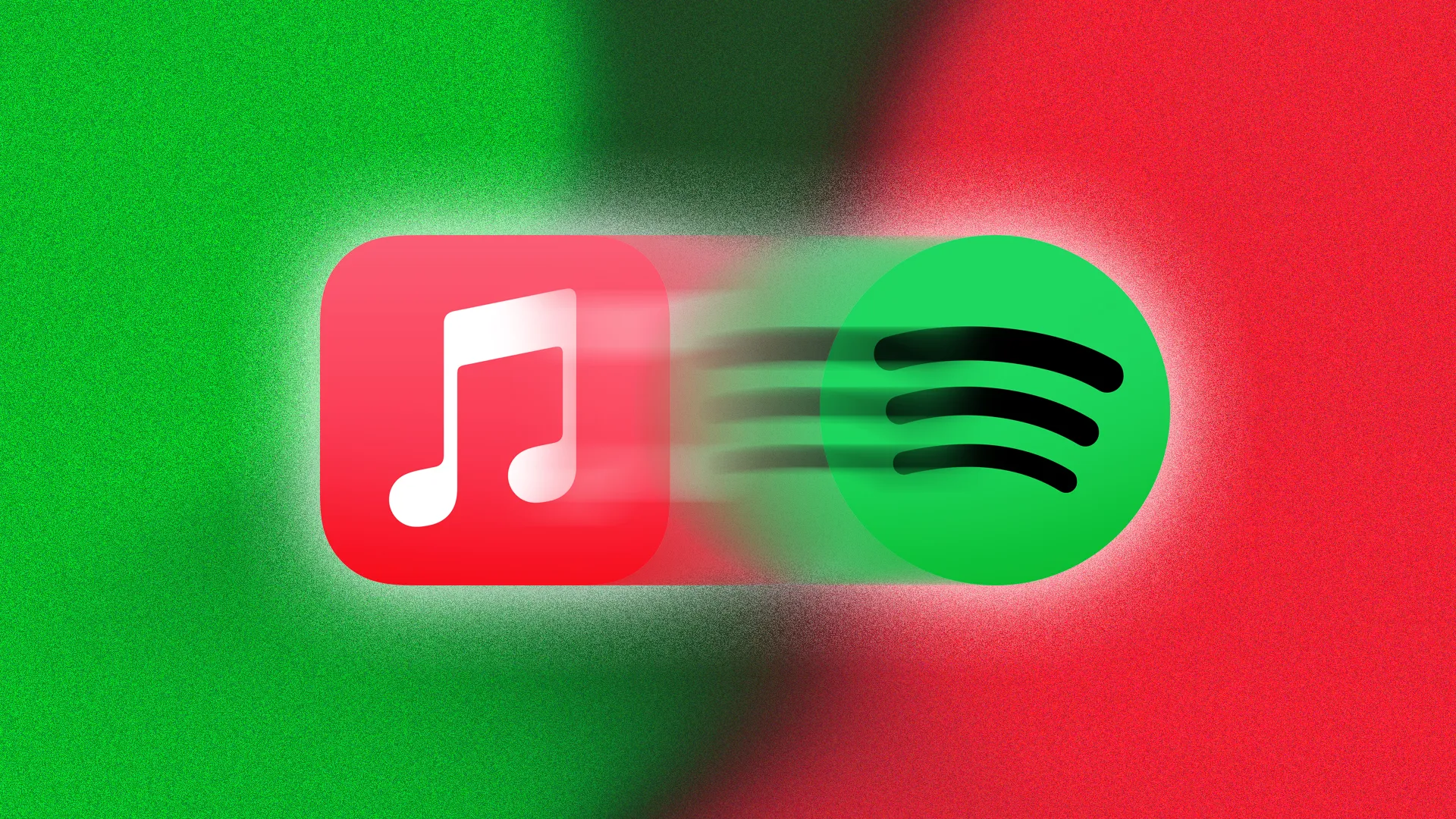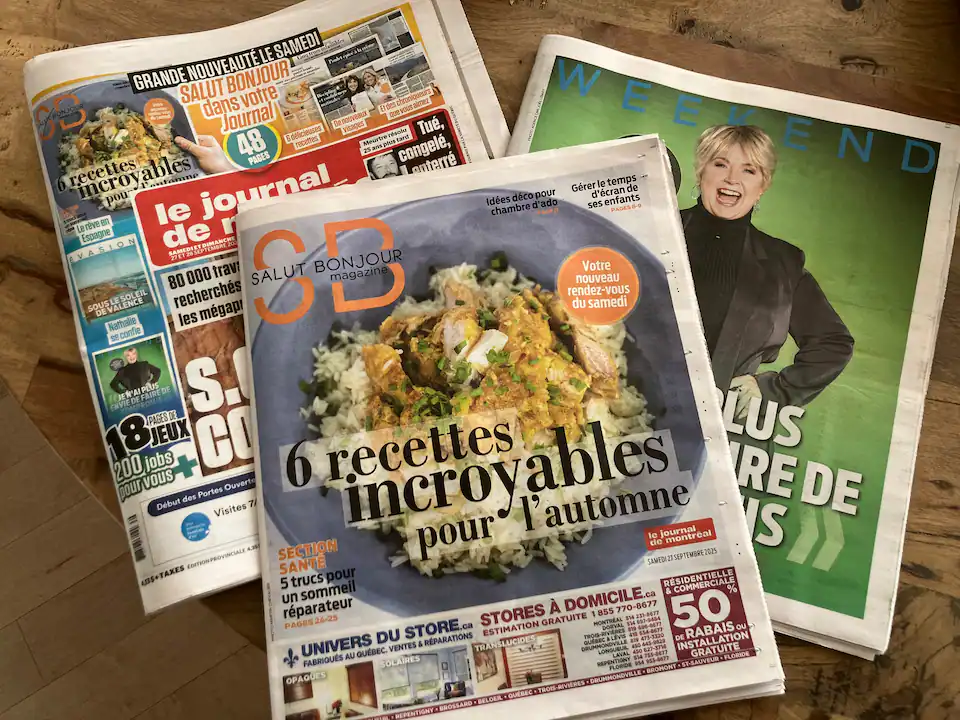Copyright gq

My Spotify playlists indicate that I’ve been adding tracks to them since 2013. I’ve been using the streamer for longer than I was consistently on Facebook, and longer than I've been on Instagram, Snapchat or Twitter. After 12 years, a certain amount of inertia sets in. If it’s worked fine for more than a decade, why change? Inertia, and commitment, in the form of a playlist, album and song library that’s built up year on year. The hassle of trying to reconstruct all that on a different platform was always the practical counterweight to all the anti-Spotify arguments: its miserly payments to artists; its encouragement of bland sonic conformity; its seemingly lax attitude to AI-generated slop music clogging up playlists. Opposition has taken a more sharply political shape recently, with acts including Massive Attack and Godspeed You! Black Emperor pulling their catalogues from Spotify in protest of founder Daniel Ek’s investment in the military tech company Helsing. A series of talks called “Death to Spotify” was held this month in California, during which indie musicians discussed how to carve out a career without the platform. But if I’m honest with myself, all these moral considerations were overshadowed by Apple Music’s recent introduction of a feature that lets users of other streamers copy over their music libraries. Apple Music is usually thought of as the alternative-in-waiting to Spotify. And what better time than now to make an aggressive play for disillusioned Spotify users who need a painless way of disengaging? So, a few weeks ago, I ended 12 years of consistent Spotify use and swapped to Apple Music. The library copying, powered by a third-party service called Songshift, went as well as you could hope for, with 9,480 songs, 760 albums and 41 playlists smoothly carried over. Then I was presented with a list of what songs couldn’t be, and the ones with alternate versions on Apple Music to pick between. Both lists were mostly filled with niche, dance-orientated stuff—songs by the likes of Blessed Madonna or Vegyn—and nothing especially notable by its absence. And then—well, at this point, it’s worth saying that major music streaming platforms are very similar to each other. They’re competing to provide the same service to customers, after all. So there was no moment of revelation, no Where have you been all my life feeling. There were good details and bad details. The good stuff in Apple Music includes: taste-appropriate DJ mixes, like Four Tet at Lost Village festival, appearing on the home page. An aesthetic and user interface that feel a little more refined and up-market than Spotify’s approach of cramming generic, algorithm-generated playlists into every nook. Apple has its own radio stations, hosted by flesh-and-blood musical experts like Zane Lowe and Elton John, if you don’t know what to listen to but still want the human touch. As a music semi-obsessive who pores over reviews and release calendars to pin down what to check out, I didn’t miss Spotify’s recommendation-heavy approach. And if you’re into karaoke, Apple Music has a feature that lowers the volume on a song’s vocal track and displays the lyrics for singing along to. The bad stuff? Some of it is a matter of taste. Apple Music blends your song and album libraries— save a single song and the album it’s on will appear in the latter, for example—whereas on Spotify they’re separate, an approach which makes for less clutter, though means you can’t put your entire library on song shuffle as you could in the iPod era. Rather than show streaming numbers for songs, Apple adds dots on an album’s most popular tracks. Elegant, but I do have a somewhat guilty pleasure in using the stats as a steer when getting to grips with an artist. And if you take an interest in what music is doing well, Spotify’s song charts will be much more useful than Apple’s, given that many more people use the former. There were bigger issues. On the computer app, the division between your own library and the general Apple Music library is glitchy and badly stitched together. Downloading and un-downloading things takes more clicks, which is a pain when you’ve got limited phone storage and you’re often having to retool your offline selection. There’s no equivalent to Spotify’s Release Radar, a weekly new music playlist based on your tastes, which was just about the only algorithm playlist I found genuinely useful. And whereas Spotify includes both music and podcasts, Apple Music is music-specific; you have to switch to Apple’s podcast app for that stuff. Which is annoying —one app for all your audio makes blatant sense. I even found myself sneakily going back to Spotify for podcasts. Sorry. I haven’t mentioned sound quality, partly because there are more qualified (read: nerdier) people to judge, and partly because it has become a live issue: Spotify has recently added high-end lossless audio for premium users, which Apple Music has had since 2021. Spotify has added a bunch of features recently, in fact, like in-app messaging and the ability to track upcoming concerts at your favorite venues. Clearly it’s feeling the heat and trying to retain users, even going as far as publicizing a purge of AI slop last month. Whatever streamer you use, this is good: proper competition stops platforms taking customers for granted. For those with a serious moral objection to Spotify, be assured that the switchover to Apple Music is smooth and the experience is more or less the same. I don’t know what I’m going to do. The twelve-year habit is sticky. The podcast issue might end up pushing me back to Spotify, simply because the two-app Apple setup is genuinely irritating. If I do, it’ll be in the knowledge that there’s an escape hatch ready—that Spotify can’t hold me and my listening data captive forever. The more easily listeners can quit their platform of choice, the more those platforms can be reigned in, and the streaming era can be shed of its more problematic aspects. This story originally appeared in British GQ.



